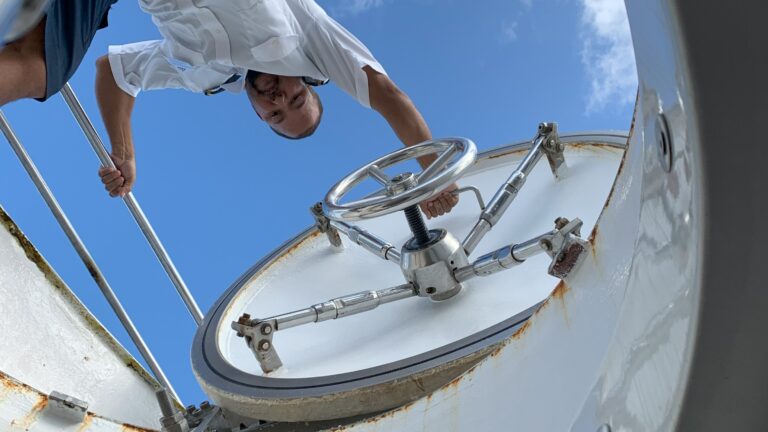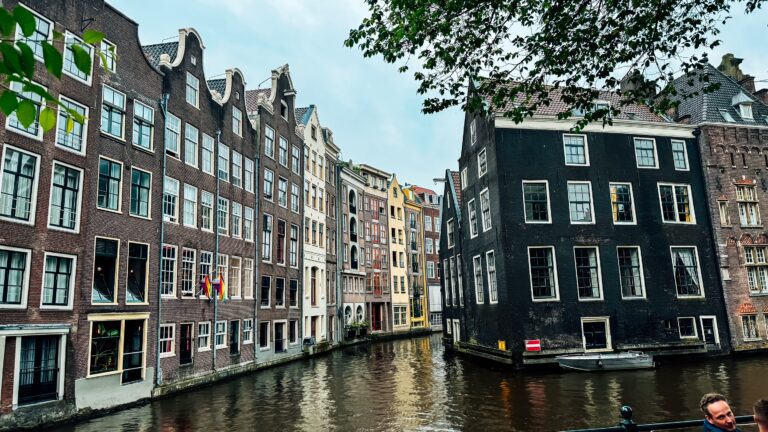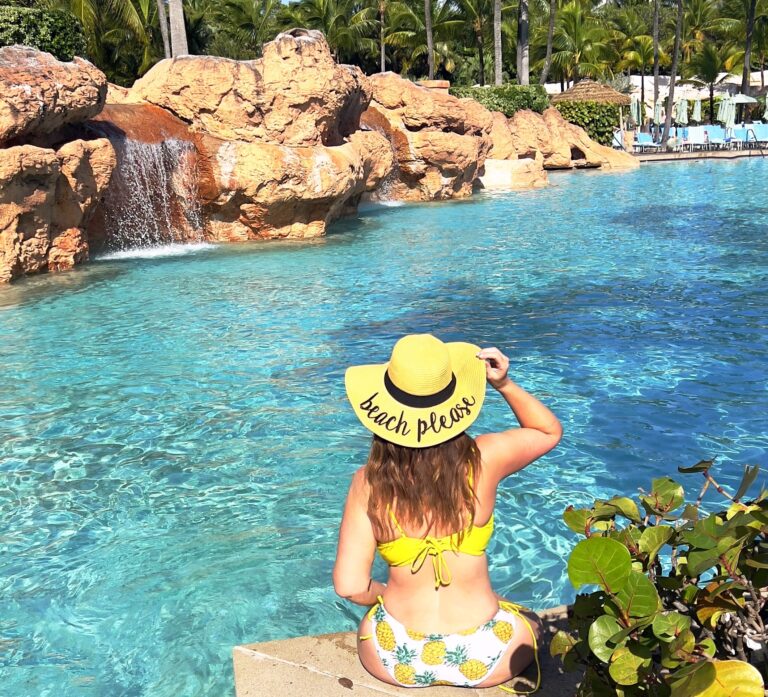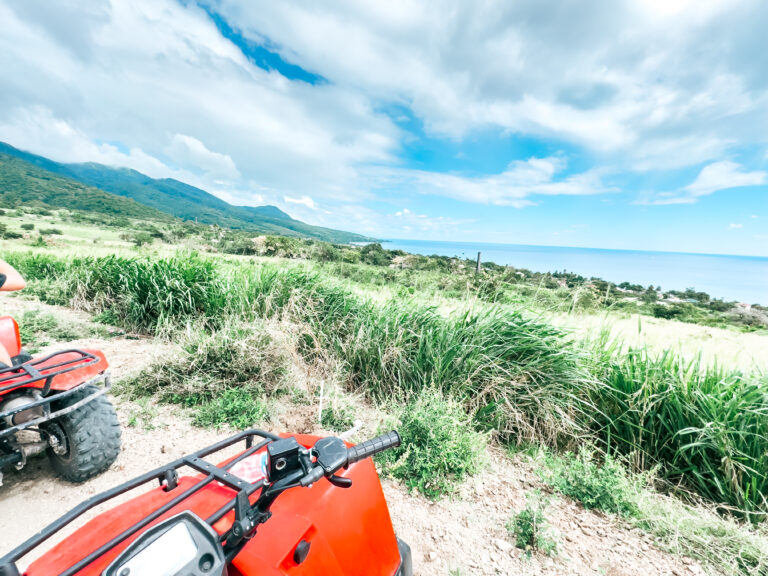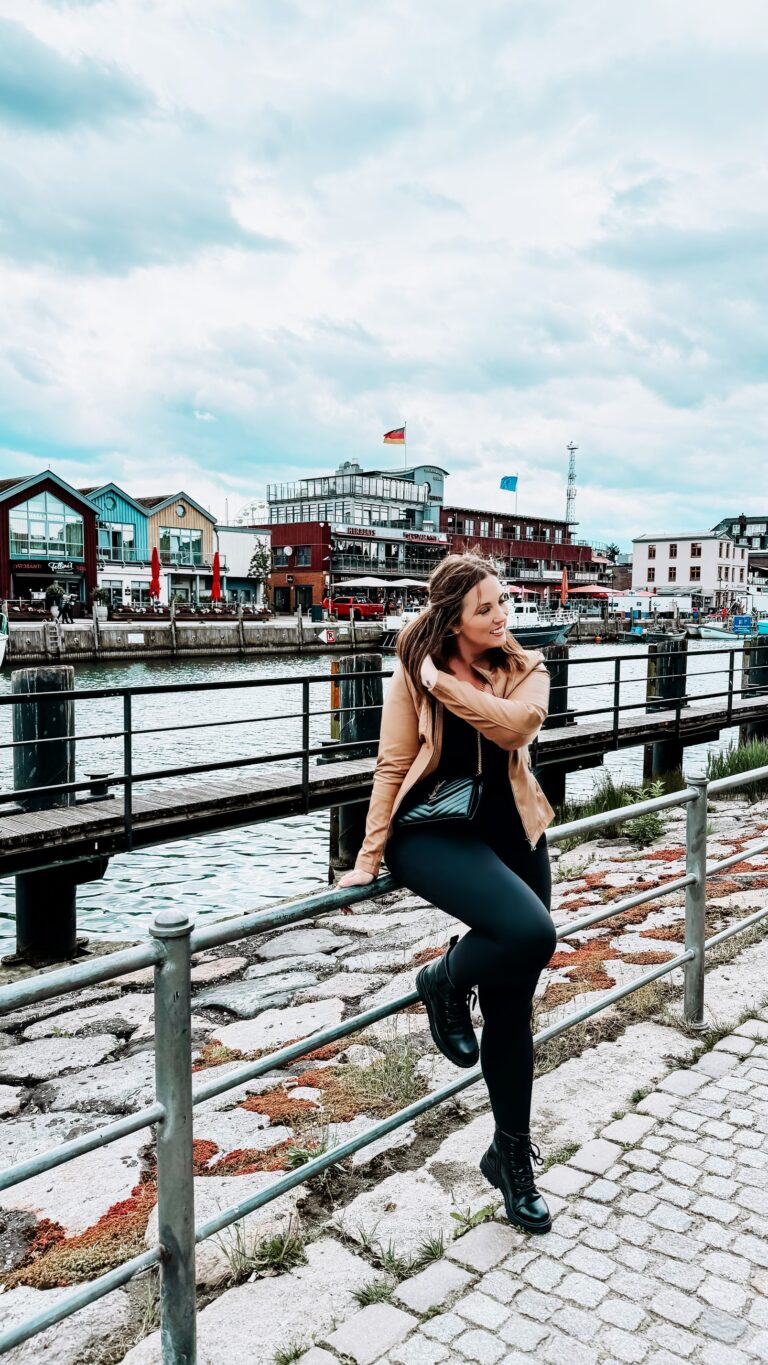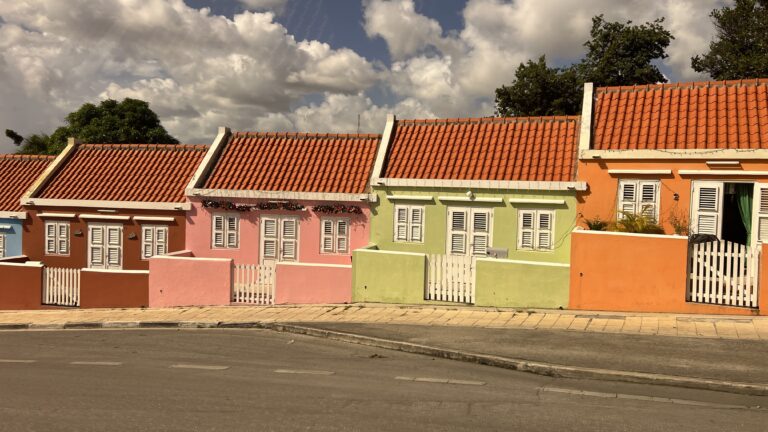Captivating Curacao: What You Need to Know About the Willemstad Cruise Port
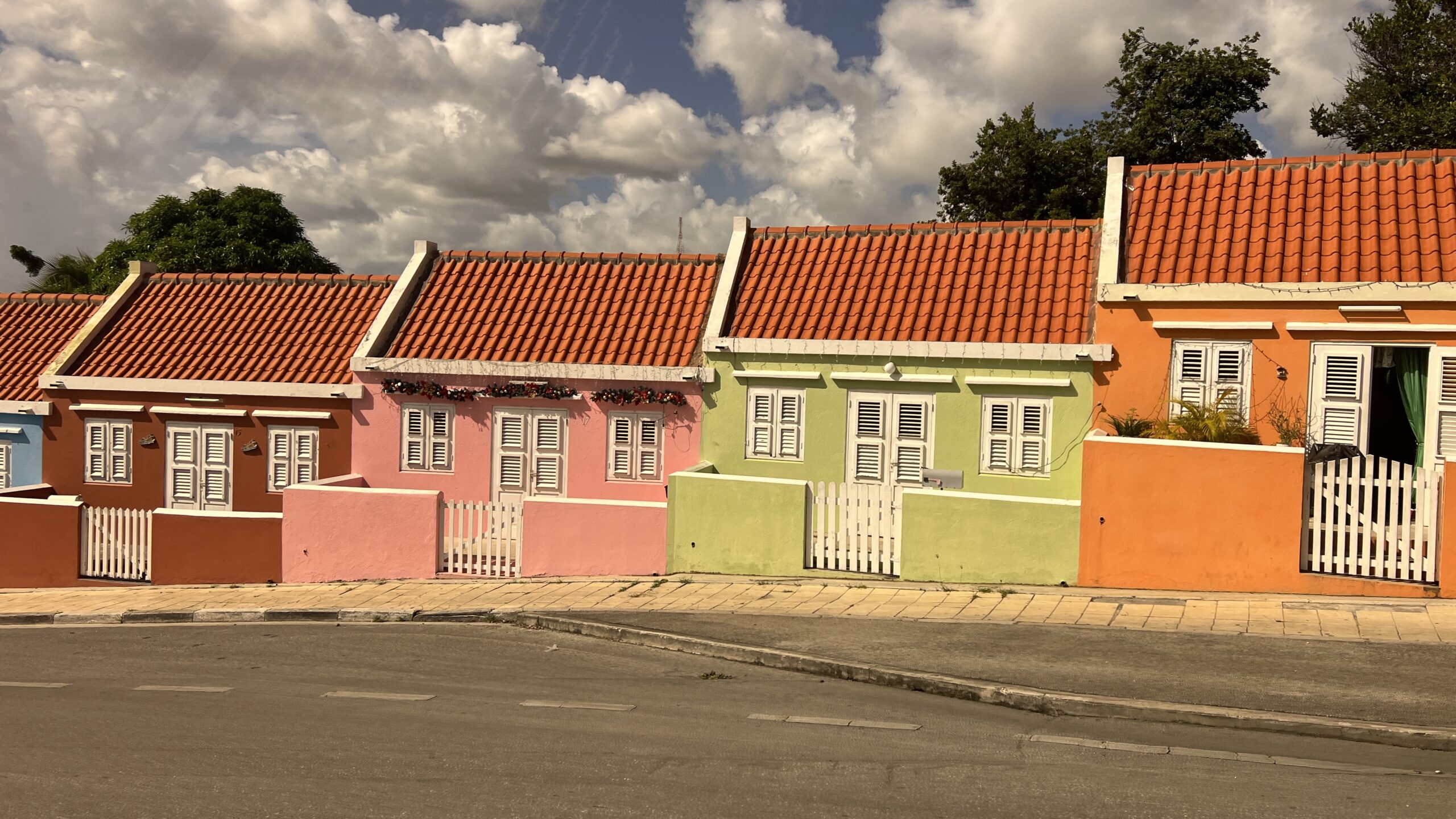
Willemstad is the capital city of Curaçao (pronounced “koo-rah-sow”) and is a popular cruise port known for its colorful colonial architecture, rich history, and sites like the famous floating bridge. This Dutch Caribbean gem is a popular stop on southern Caribbean itineraries, offering a unique blend of European charm and Caribbean allure. It’s one of the “ABC” islands, along with Aruba and Bonaire.
The Willemstad cruise port features two main cruise terminals: the Mega Pier and the Mathey Wharf. The Mega Pier is the primary terminal for larger ships, and it can accommodate up to five ships at a time. The Curaçao Ports Authority has a handy map showing the cruise port’s location and things to do nearby in Willemstad. Once off the pier, you’ll enter into one of my all-time favorite cruise terminal areas, Rif Seaport. Later, I’ll explain why this is such an awesome area.
It’s important to note that, like many other Caribbean nations, civilians in Curaçao are prohibited from wearing camouflage, so leave that at home (or back on the ship).
Related: Learn more about how to prepare for port days.
Willemstad Cruise Port to the City Center
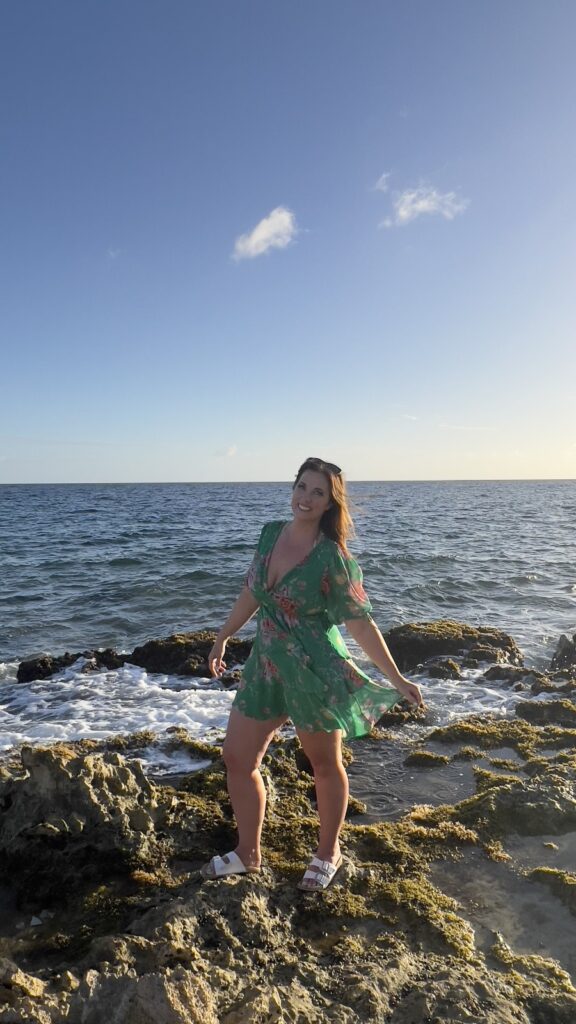
One thing I love about the Willemstad cruise port is that it’s so close to everything. Once you step off the cruise ship and walk down the pier, you’re right in the heart of Curaçao basically, as the city center is conveniently located just half a mile from the cruise port. Many of Curaçao’s top sites are also walkable, meaning that this is one of those port stops where spending money on an excursion is unnecessary.
Cruisers with mobility limitations or who prefer not to walk can enjoy shuttle services provided by some cruise lines or taxis, which are regulated and have set fares. Uber is not available in Willemstad. Public transportation here is pretty limited, so it’s not the best option.
Related: New to cruising? Check out my Comprehensive Cruise Guide.
Best Beaches Near the Curaçao Cruise Port
Curaçao beaches are a little different from what cruises may be used to in other Caribbean ports of call. The finest beaches on the island aren’t the vast stretches of sand but rather cozy, secluded inlets known as “Bocas” in Papiamentu. Papiamentu is a Creole language spoken in the Caribbean islands of Aruba, Bonaire, and Curaçao, as well as in some parts of the Netherlands Antilles.
Many of the most popular beaches in Curaçao front hotels or are behind gated resorts, and because of that, these will likely require an admission fee. Additionally, some of Curaçao’s biggest and best-known beaches are located at the island’s western tip, called Westpunt, making them impractical for a visit on a short port day. Here are some options that are close to the cruise port area:
Mambo Beach
Mambo Beach is about 4 miles from the port and is a popular one with cruisers. A taxi ride there costs about $8 USD per person. At Mamo Beach, cruisers will find a lively atmosphere, with plenty of bars, restaurants, and shops nearby. This is a manmade beach, and some cruisers don’t like the commercialized nature of the area, but the water is clear and great for snorkeling. It fronts a resort, so expect an admission fee, and lounger rental will also come at a cost.
Protip: If you visit Mambo Beach, consider a stop at the Curaçao Sea Aquarium, which is right next door.
Blue Bay Beach
Another great option that’s a little less than 7 miles from the port is Blue Bay Beach, and it’s also around $8 USD per person to get there by taxi. Located on Curacao’s northwest coast near Willemstad, this beach tends to be less crowded than Mambo Beach and features soft white sand and calm turquoise waters framed by rocky cliffs. It’s a popular spot for snorkeling and diving and is also part of a resort, so like Mambo Beach, there is an admission fee to access this beach, with other amenities available at an additional rental cost.
Kokomo Beach
Kokomo Beach is a free beach option close to the cruise port. Located less than 8 miles northwest of the port, it is known for its soft white sand, clear turquoise waters, and tranquil atmosphere. The beach also features a dock with steps and a floating dock just a short distance from the shore, making it easy to enjoy the water. Additionally, there’s a nearby coral reef ideal for snorkeling, and beach chairs are available for rent.
Related: Don’t forget your beach towels! Here’s what you need to know.
Top Things to do in Willemstad
Rif Seaport
Rif Seaport is basically the Willemstad cruise terminal, and of all the cruise terminals I’ve visited, this one is probably the best. It doesn’t feel at all like a cruise terminal but rather like a modern open-air entertainment and shopping area. It serves as a key gateway for cruise passengers visiting the island, with a pedestrian connection from the cruise pier to downtown.
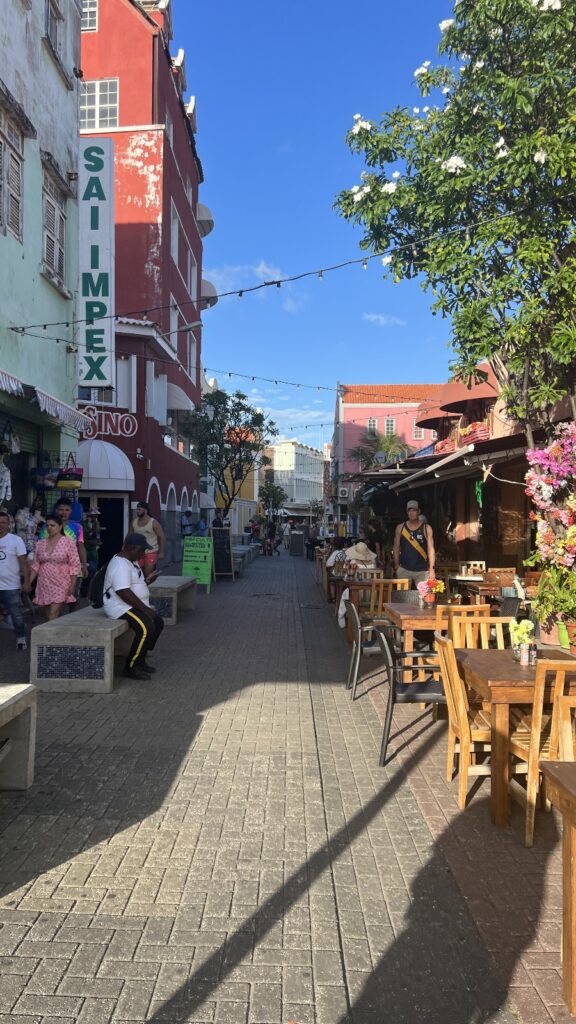
If you explore Curaçao on foot (which I highly recommend, even if you take an excursion), you’ll venture through this area. It’s gorgeous, vibrant and colorful. Although it feels modern and trendy, it’s part of the larger Rif Fort complex, a historic fort turned vibrant shopping and entertainment area, all organized around a wide waterfront promenade.
Queen Emma Bridge
The Queen Emma Bridge, also known as the “Swinging Old Lady” or just the “Floating Bridge,” is a floating pontoon bridge. Willemstad is split into several districts, each with its own unique character and attractions, and this bridge connects the Punda and Otrobanda districts. It is a short walk from the cruise port, taking less than 10 minutes, and there’s no cost to visit, as it’s a public area. This unique bridge swings open to allow ships to pass and offers stunning views of the harbor and cruise ships docked at the Mega Pier.
Kura Hulanda Museum
Located about a mile from the port, the Kura Hulanda Museum delves into the history of the African slave trade and Curaçao’s cultural heritage. It takes roughly 20 minutes to walk there. The museum charges an entry fee of around $10 USD. The exhibits are housed in a beautifully restored 19th-century merchant’s house, offering an immersive and educational experience.
Handelskade
Handelskade is a picturesque waterfront street lined with colorful Dutch colonial buildings, just a 15-minute walk from the port. To get there from the cruise terminal, walk through Rif Fort, cross the iconic Queen Emma Floating Bridge, and you’ll find yourself at Handelskade. The area is perfect for a leisurely stroll, and there are many great restaurants, cafes, shops, and boutiques located in this area.
Curaçao Liquer Distillery
The Curaçao Liqueur Distillery, located about 3.5 miles from the Willemstad cruise port in the historic Landhuis Chobolobo, offers a fascinating look at the production of the island’s famous Blue Curaçao liqueur. I toured the distillery as a part of an excursion during my visit to Curaçao, and even though I’m not a drinker I enjoyed the guided tour, learning about the distillation process, sampling various flavors, and exploring the grounds. Admission is $18 USD or free for children under 12 (yes, children are allowed here).
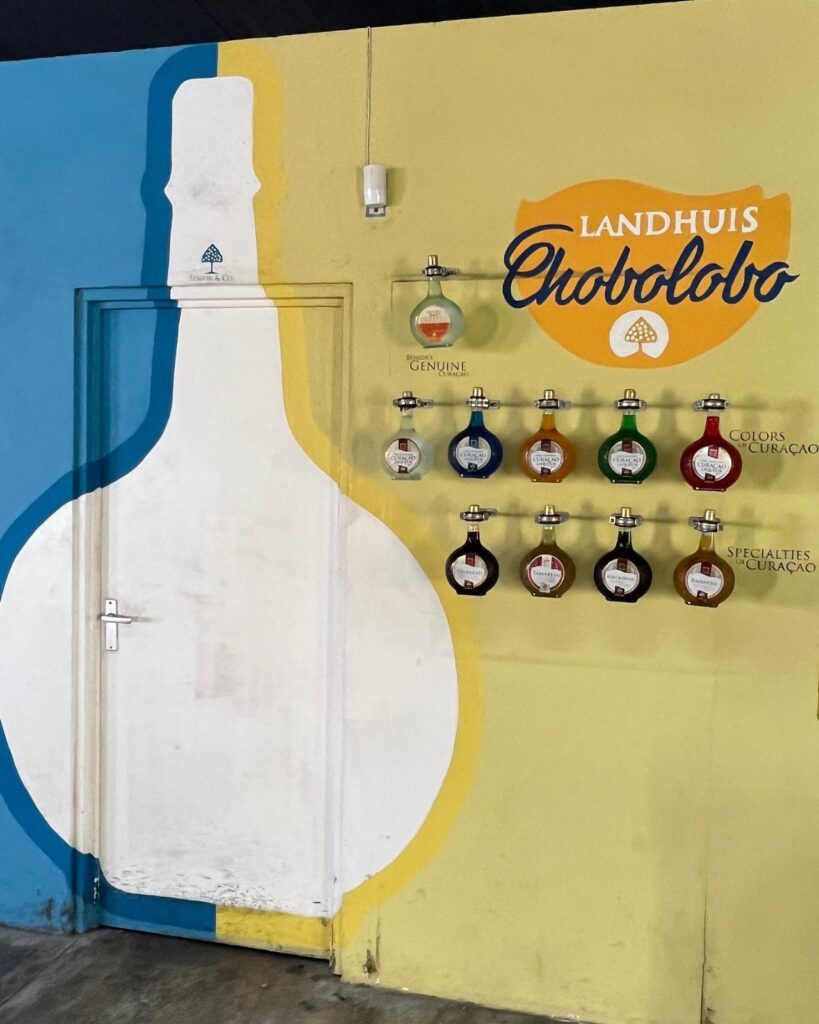
Related: Explore the pros, cons, and risks of independent excursions.
Language and Currency
In Curaçao, the primary languages spoken are Papiamentu, Dutch, Spanish, and English. Papiamentu, a Creole language with influences from Portuguese, Spanish, Dutch, and African languages, is the most widely spoken language among locals. However, in touristy areas near the cruise port and throughout Willemstad, English is commonly spoken and understood by most people. During my visit, every local and vendor I encountered spoke fluent English.
The official currency in Curaçao is the Netherlands Antillean guilder (ANG), also known as the florin. However, US dollars (USD) are widely accepted across the island, especially in tourist areas like the cruise port. Many businesses display prices in both ANG and USD, and ATMs often dispense both currencies. This makes it convenient for visitors to use US dollars during their stay.
Note that in many Caribbean ports of call, while vendors generally may accept US currency, they might not if the bills are overly worn, contain marks, or are in any way torn or damaged. In this case, they may provide change back in the form of the local currency. Credit and debit cards are also widely accepted.
Willemstad Cruise Port Ship Schedule
The Willemstad, Curaçao cruise ship schedule can be found at Cruisemapper.
Climate and What to Wear
Willemstad enjoys a tropical savanna climate with warm temperatures year-round, averaging around 82°F. The climate is generally dry, with a rainy season from October to February. Lightweight, breathable clothing and comfortable walking shoes and sun protection such as hats and sunscreen are recommended.
Related: Shop my favorite cruise styles and outfits.
Time Zone
Keeping track of time zones can get complicated when cruising, especially for itineraries with multiple time zone changes on one sailing. Your captain will make announcements during the cruise to update you on these changes, but it’s good to be aware of these differences ahead of time when planning your stop at the port, especially for excursions.
Most cruise lines operate on “ship time” set to the time of their departing port, so it’s generally good practice to keep your phone or watch set to ship time. As for the port, Curaçao operates on Atlantic Standard Time (AST). Keeping track of the time is crucial, especially to ensure you stay coordinated with ship time.


